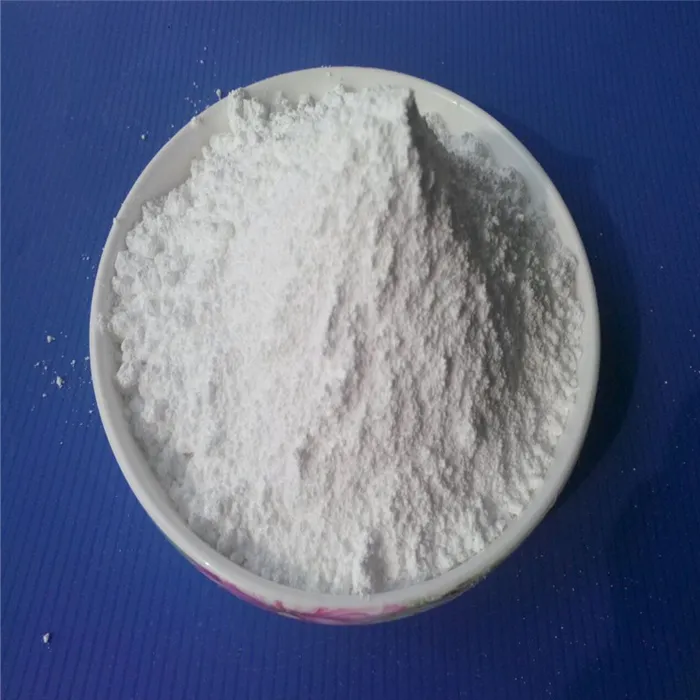Understanding the Intermediate Meaning in Pharmaceuticals
In the field of pharmaceuticals, the term 'intermediate' is often encountered, yet its implications can be multi-layered and complex. To grasp the full essence of what an intermediate signifies in this context, it's crucial to explore its definition, role in drug development, and the broader impact on the pharmaceutical industry.
Definition of Pharmaceutical Intermediates
Pharmaceutical intermediates are chemical compounds that are produced during the synthesis of active pharmaceutical ingredients (APIs). These intermediates are not the final product that is delivered to the patient, but rather a necessary stage in the chemical manufacturing process. They act as building blocks in the development of APIs, which are the biologically active components of a medication.
Role in Drug Development
The journey from basic research to the final pharmaceutical product involves several stages, and the production of intermediates is a critical part of this process. Typically, intermediates are synthesized through various chemical reactions, and they undergo further transformations until they yield the desired APIs. The synthesis of intermediates allows chemists to strategically manipulate chemical properties, facilitating the development of complex molecules that can be efficacious in treating diseases.
For instance, a simple intermediate may undergo additional reactions to introduce functional groups that enhance the compound’s therapeutic effectiveness or decrease side effects. In essence, the production of intermediates enables researchers to innovate and optimize drug structures.
Economic and Regulatory Implications
intermediate meaning in pharmaceutical

The significance of intermediates extends beyond their chemical properties; they also have substantial economic and regulatory implications. Producing intermediates can be less costly compared to developing entire drugs from scratch. Pharmaceutical companies can streamline their processes by using intermediate compounds to create various APIs, thereby increasing productivity and reducing time-to-market for new medications.
However, intermediates are subject to regulatory scrutiny. Regulatory agencies, such as the U.S. Food and Drug Administration (FDA) and the European Medicines Agency (EMA), require that manufacturers adhere to strict guidelines during the synthesis of intermediates. This ensures that the final products are safe, effective, and of high quality. Consequently, companies must invest in quality control and assurance processes to monitor the production of intermediates, ensuring compliance with regulatory standards.
Environmental Considerations
As with many industries, environmental sustainability is an increasing concern in pharmaceutical manufacturing. The production of pharmaceutical intermediates can involve hazardous chemicals and significant energy expenditure. As such, many pharmaceutical companies are now prioritizing green chemistry approaches in the synthesis of intermediates. These methods aim to minimize waste, reduce energy consumption, and use environmentally benign solvents.
By adopting such practices, pharmaceutical companies not only align themselves with global sustainability goals but also enhance their reputation among consumers increasingly concerned about the environment. This shift reflects a broader trend in the industry toward responsible manufacturing practices.
Conclusion
In conclusion, the concept of intermediates in pharmaceuticals is more than a mere technical term; it embodies a critical phase in the drug development process, bridging the gap between raw materials and therapeutic solutions. Understanding the role of intermediates provides insight into the complexities of drug manufacturing and highlights the importance of regulatory considerations and environmental sustainability. These factors together contribute to the overall efficacy, safety, and accessibility of modern pharmaceuticals. As the industry continues to evolve, the strategic importance of intermediates will only grow, solidifying their position as essential components in the journey from laboratory to pharmacy shelf.

